This Is The Coolest Outer Space Animation Ever. It Shows The Crab Supernova Explosion, Happened In 1054,




This is the coolest outer space animation ever. It shows the Crab Supernova explosion, happened in 1054, and its evolution into the remnant it is now - called the Crab Nebula. Basically a thousand years speeded up into less than a minute.
Modern understanding that the Crab Nebula was created by a supernova, an explosion of a massive supergiant star, dates to 1921 when Carl Otto Lampland announced he had seen changes in its structure. This eventually led to the conclusion that the creation of the Crab Nebula corresponds to the bright SN 1054 supernova recorded by Chinese astronomers in AD 1054. There is also a 13th-century Japanese reference to an appearance of a new or “guest” star in Meigetsuki. It was then so bright it was visible during the daytime for 23 days.
animation credit: ESA/Hubble (M. Kornmesser & L. L. Christensen)
More Posts from Intergalacticnerd and Others
some of my favourite absolutely SICK facts about the trappist-1 exoplanets: - theyre all very close to one another and to their star, so the length of a year on them varies from 1 to 20 DAYS - since they’re so close, the star appears a lot bigger than our sun from earth, and from one planet you could easily see the rest, some would even appear bigger than the moon from earth. you could literally see the surface of another planet with a naked eye!!! - they’re tidally locked to their star like our moon is locked to earth, meaning only one side of a planet ever faces the star, and on the other side it’s always night. the sun never sets or rises on any of the planets - the star is red, so the sunlight is red/orange, meaning if, for example, plants were to grow there, they could be black and that’s just what we know now, imagine how much cool stuff we have yet to discover about the trappist-1 system
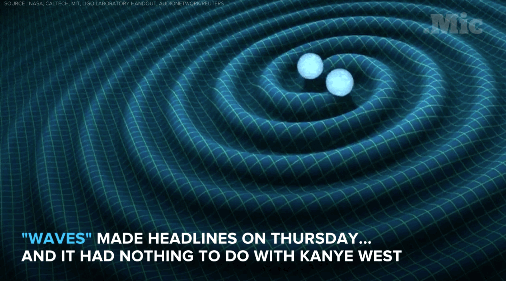

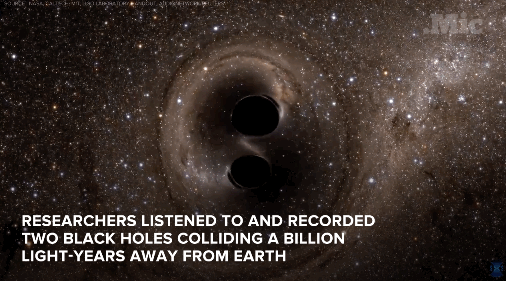


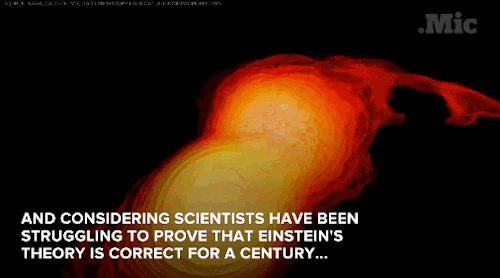

Gravitational waves are real — and that’s a huge f***ing deal!
A century ago, Albert Einstein theorized there was such a thing as a fabric of space and time — that the universe was malleable, and that large objects and events would cause it to bend.
He was right. From studying the signals emanating from the merging of two black holes — have separate masses equal to 36 and 29 suns — scientists with the Laser Interferometer Gravitational-Wave Observatory were able to observe gravitational waves. Their measurements matched expectations of what Einstein predicted in his General Theory of Relativity.
Follow @the-future-now
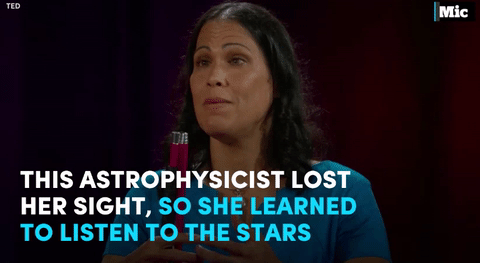


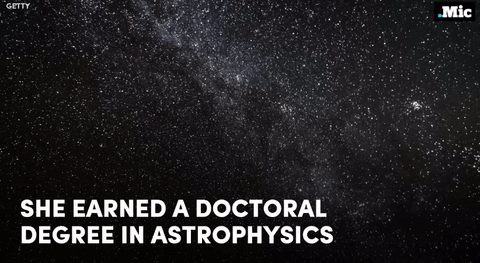


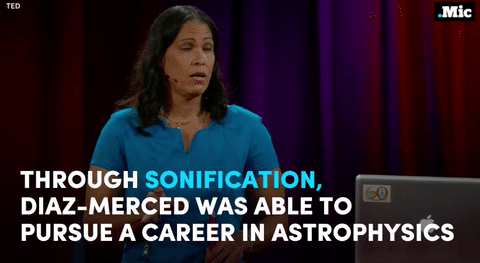




follow @the-future-now

NGC 660. A rare galaxy type, polar ring galaxies have a substantial population of stars, gas, and dust orbiting in rings nearly perpendicular to the plane of a flat galactic disk. Only about a dozen of such galaxies have been discovered
Source: https://imgur.com/z73B8o3

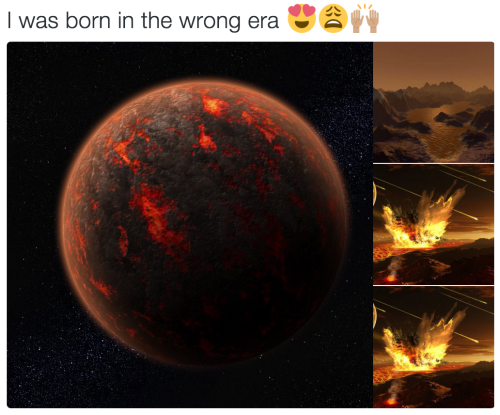

Fun Moments with Our Record Breaking Astronaut
Astronaut Scott Kelly has broken the record for longest time spent in space by a U.S. astronaut. He has spent a cumulative of 383 days in space over the course of four missions. What better way to celebrate than to highlight some of his fun moments on the internet:
A question from the president during a recent TweetChat:

Astronaut Scott Kelly occasionally hosts TweetChats from the International Space Station. During a recent chat, he happened to get a question from someone who lives at 1600 Pennsylvania Avenue! HERE’s a recap from a similar chat from the station.
Tackling the tough questions during interviews:

During an interview with Katie Couric, Kelly explained what a day on the space station is really like…including the chores he can and can’t do.
The pros and cons of having roommates:

The International Space Station is an orbiting laboratory where an international crew live, work and conduct valuable research.
Getting supplies from cargo ships:

Living on the space station requires food, water and supplies. All of these things, plus experiments and other essentials are delivered to the crew via cargo ship. Learn more about our commercial resupply program HERE.
Make sure to follow us on Tumblr for your regular dose of space: http://nasa.tumblr.com
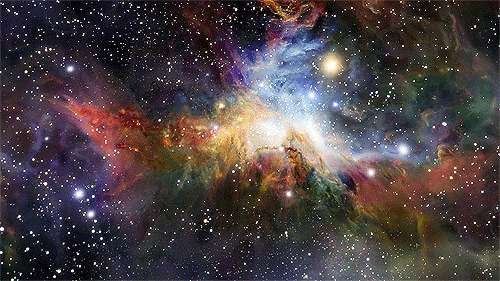
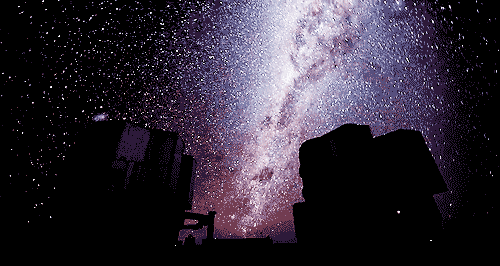
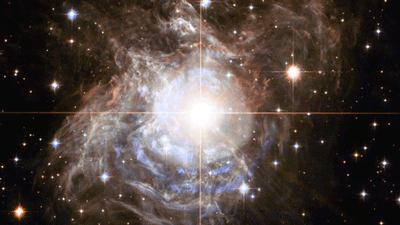
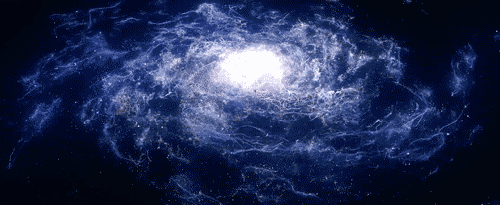
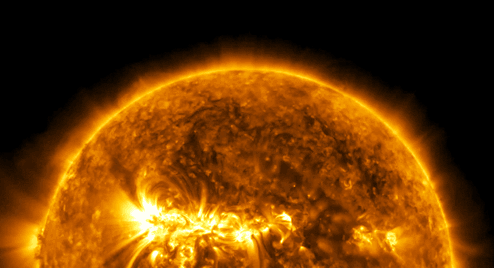
“Every one of us is, in the cosmic perspective, precious. If a human disagrees with you, let them live. In a hundred billion galaxies, you will not find another.” ~ Carl Sagan, Cosmos
tell the moon i love her
Dear moon, @324b2dun loves you. Happy Valentines!

-
 miiju86 liked this · 2 years ago
miiju86 liked this · 2 years ago -
 thomasbrisenio reblogged this · 3 years ago
thomasbrisenio reblogged this · 3 years ago -
 thomasbrisenio liked this · 3 years ago
thomasbrisenio liked this · 3 years ago -
 wearthurmallo liked this · 3 years ago
wearthurmallo liked this · 3 years ago -
 thomasbrisenio reblogged this · 4 years ago
thomasbrisenio reblogged this · 4 years ago -
 thomasbrisenio reblogged this · 5 years ago
thomasbrisenio reblogged this · 5 years ago -
 karmacharmeleon18 reblogged this · 5 years ago
karmacharmeleon18 reblogged this · 5 years ago -
 karmacharmeleon18 liked this · 5 years ago
karmacharmeleon18 liked this · 5 years ago -
 houseofmemorieszzs liked this · 6 years ago
houseofmemorieszzs liked this · 6 years ago -
 pepsi6699 reblogged this · 6 years ago
pepsi6699 reblogged this · 6 years ago -
 cheesecakeisapie reblogged this · 6 years ago
cheesecakeisapie reblogged this · 6 years ago -
 tmarrr liked this · 6 years ago
tmarrr liked this · 6 years ago -
 cheesecakeisapie liked this · 6 years ago
cheesecakeisapie liked this · 6 years ago -
 chocolatemarvelautosgiant-blog liked this · 6 years ago
chocolatemarvelautosgiant-blog liked this · 6 years ago -
 8970ghp liked this · 7 years ago
8970ghp liked this · 7 years ago -
 ajr596 reblogged this · 7 years ago
ajr596 reblogged this · 7 years ago -
 maycelium liked this · 7 years ago
maycelium liked this · 7 years ago -
 jnesuispasjolie reblogged this · 7 years ago
jnesuispasjolie reblogged this · 7 years ago -
 jnesuispasjolie reblogged this · 7 years ago
jnesuispasjolie reblogged this · 7 years ago -
 eenanderekantvanjudith reblogged this · 7 years ago
eenanderekantvanjudith reblogged this · 7 years ago -
 spitstain liked this · 7 years ago
spitstain liked this · 7 years ago -
 mybedofdreams reblogged this · 8 years ago
mybedofdreams reblogged this · 8 years ago -
 untamablesouls liked this · 8 years ago
untamablesouls liked this · 8 years ago -
 bananasmonkeysandpugs reblogged this · 8 years ago
bananasmonkeysandpugs reblogged this · 8 years ago -
 zareenmarteen-blog liked this · 8 years ago
zareenmarteen-blog liked this · 8 years ago -
 zareenmarteen-blog reblogged this · 8 years ago
zareenmarteen-blog reblogged this · 8 years ago -
 filthy-impetuous-soul reblogged this · 8 years ago
filthy-impetuous-soul reblogged this · 8 years ago -
 thatguywonder reblogged this · 8 years ago
thatguywonder reblogged this · 8 years ago -
 thatguywonder liked this · 8 years ago
thatguywonder liked this · 8 years ago -
 purpledestinytale-fan reblogged this · 8 years ago
purpledestinytale-fan reblogged this · 8 years ago -
 hd9312a reblogged this · 8 years ago
hd9312a reblogged this · 8 years ago -
 adrianitacl-blog liked this · 8 years ago
adrianitacl-blog liked this · 8 years ago
"Astronomy compels the soul to look upwards and leads us from this world to another." - Plato
147 posts